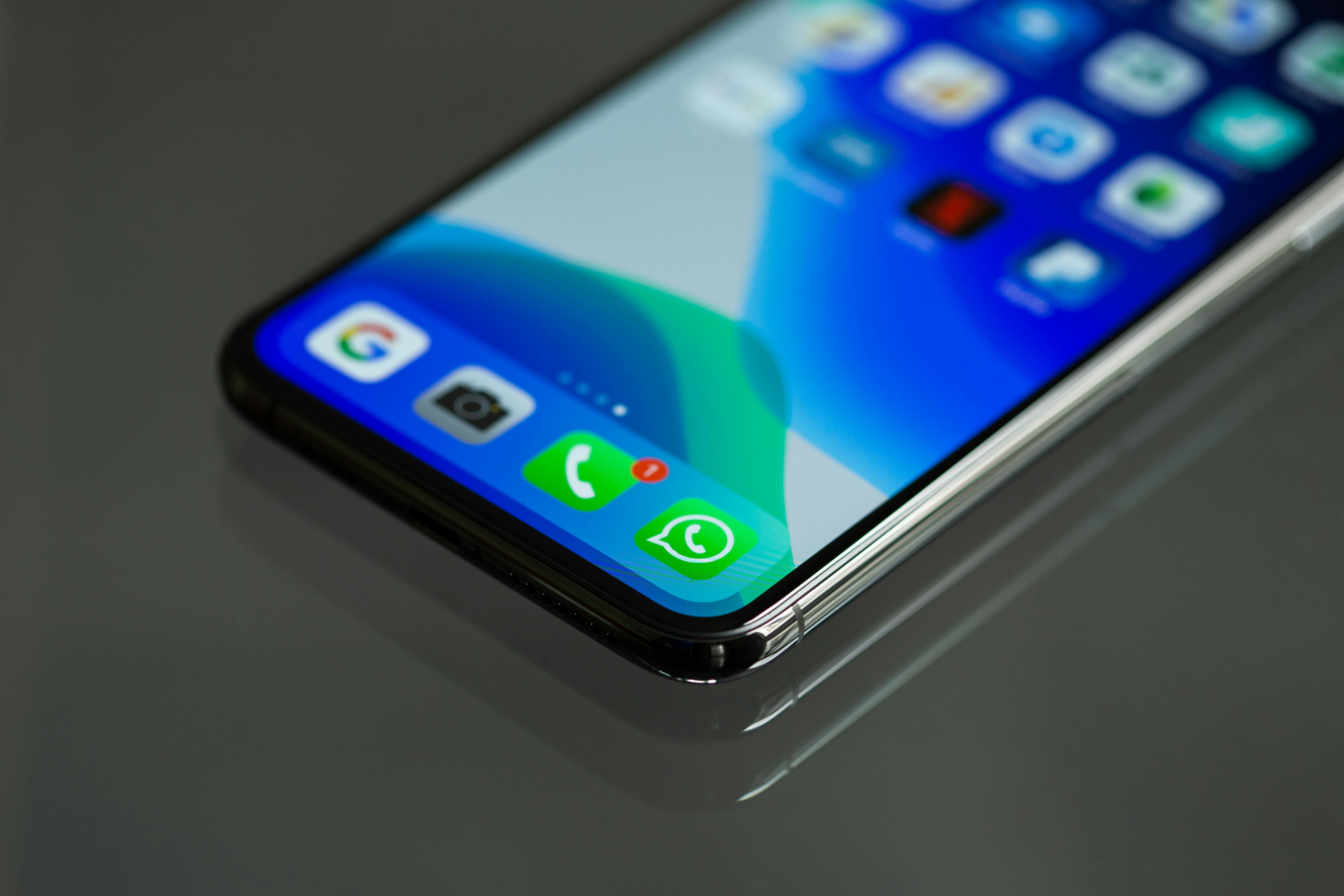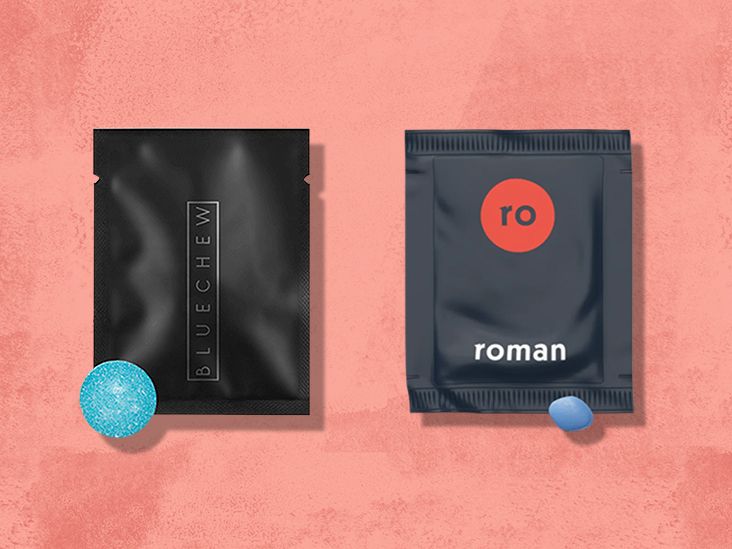Effective Ways to Tan in 30 Days for a Healthy Glow
Achieving that enviable sun-kissed glow can be a rewarding and confidence-boosting experience. However, understanding the tanning process and implementing safe practices is crucial for your skin's health. In this article, we will explore effective methods for tanning, focusing on both outdoor and indoor techniques. We will cover essential tips for a healthy glow, including the use of tanning products, safety precautions, and helpful aftercare routines. Whether you are a first-time tanner looking to develop a base tan or an experienced individual seeking to deepen your glow, these strategies will guide you towards achieving the perfect tan in 30 days.
From understanding your skin type to establishing a tanning routine, every aspect contributes to a successful tanning journey. Key takeaways will include insights on sun protection, gradual tanning approaches, and the importance of post-tan care. As you embark on this journey, remember that responsible tanning practices will not only enhance your appearance but also safeguard your skin’s health.
Choosing the Right Tanning Method for Your Skin Type
Before embarking on your tanning adventure, it’s important to assess your skin type, as it plays a significant role in determining how long to tan and the methods you should choose. Different skin types react differently to UV exposure, which can lead to varying outcomes.
Understanding Skin Types and Their Tanning Needs
There are generally six skin types, classified based on their reaction to sun exposure. Fair skin types (I and II) tend to burn easily and may not tan well without proper preparation. In contrast, skin types III to V have more melanin and can achieve a deeper tan more quickly. Knowing your skin type ensures that you choose the most suitable tanning method while minimizing risks.
Outdoor Sunbathing vs. Tanning Beds
Outdoor sunbathing remains a popular choice for many, offering a chance to soak up natural rays. However, the timing and duration of sun exposure are critical. The best time to tan outdoors is usually early morning or late afternoon when the UV index is lower. On the other hand, tanning beds offer controlled environments for bronzing, which can be appealing during colder months. However, understanding the risks of indoor tanning—like increased skin damage—is essential in making an informed choice.
Prepping Your Skin for Tanning
Preparation is key to achieving an even tan. Exfoliating your skin before tanning eliminates dead skin cells that can lead to uneven results. Additionally, moisturizing with tan-enhancing lotions helps to promote skin health and can enhance the tanning process. Avoid products with heavy fragrances or oils that may cause irritation. Understanding how to prep your skin for tanning is crucial for maintaining the longevity of your tan.
Establishing a Safe Tanning Routine
Once you've chosen your tanning method, creating a structured tanning routine is essential. This involves scheduling your tanning sessions while being conscious of your skin’s exposure limits. Following a tanning schedule helps map out how to tan evenly without risking burns.
Setting a Tanning Frequency
Determining how often you can safely tan greatly depends on your skin type. For beginners, it’s advisable to start with shorter sessions of around 15-20 minutes several times a week, gradually increasing your exposure as your skin builds melanin. Keeping track of tanning duration metrics is crucial to avoid overexposure and potential damage.
Incorporating Sunscreen and Tanning Lotions
Utilizing tanning lotions or oils designed for sunbathing can significantly enhance your tanning experience. These products, while allowing UV rays to penetrate more deeply, also provide an additional layer of skin protection. Always opt for a broad-spectrum sunscreen with adequate SPF to further reduce the risk of skin damage. Tanning beds require specific products tailored to indoor tanning, which help mitigate the harshness of UV bulbs.
Avoiding Common Tanning Mistakes
Tanning is not without pitfalls. Beginners often fall into traps like unprotected long exposure or not allowing their skin to recover between sessions. Hydrating skin after tanning and understanding the tan fading process can prevent uneven tones and increase longevity. Furthermore, knowing the tanning myths surrounding bronzing and sun exposure can help you make informed decisions about your tanning practices.
Post-Tan Care: Maintaining Your Glow
Once you’ve successfully achieved your desired tan, the next step is to maintain that healthy glow. Post-tan care is essential to ensure both the vitality of your skin and the longevity of your tan. Proper aftercare minimizes the chances of tan fading and maximizes its overall aesthetic.
Best Practices for Post-Tan Treatment
Invest in moisturizers and after-sun products specifically formulated to nourish and hydrate your skin. This will help retain moisture while also prolonging your tan. Incorporating tan-enhancing foods into your diet, like carrots or tomatoes, can also support the skin’s pigment production. Always avoid harsh scrubs or exfoliants right after tanning, as these can remove the top layer of skin and diminish the tan quickly.
Hydration and Skin Care for Tanners
Staying hydrated before and after tanning is vital for skin health. It promotes better circulation and enhances overall skin conditions that contribute to an even tan. Additionally, tailor your skincare routine to include gentle cleansers and rich moisturizers to support optimal skin health while preventing peeling or dryness.
Monitoring Tan Longevity and Adjusting Your Routine
Keep an eye on your tan as it develops and fades. Knowing the factors that contribute to tan longevity can help you adjust your routine accordingly. This may involve increasing your hydration or adopting new products based on your skin condition. Always be open to revising your tanning schedule to ensure you achieve the best results without compromising your skin health.
Outdoor vs. Indoor Tanning: Pros and Cons
The debate between outdoor and indoor tanning often boils down to personal preference and convenience. Both methods come with their own set of advantages and drawbacks.
Advantages of Outdoor Tanning
Outdoor tanning allows individuals to benefit from natural sunlight, which provides more than just cosmetic advantages—sunlight is essential for Vitamin D production. This method, when done responsibly, can lead to a beautiful and satisfying tan. However, the need for sun protection becomes paramount, as excessive exposure can lead to burns and long-term damage.
Benefits of Indoor Tanning Beds
Indoor tanning beds offer controlled conditions that can be tailored to your needs, presenting a consistent tan development process regardless of weather or season. Tanning salons often provide high-quality products and services aimed at maximizing the tanning effects. However, understanding the risks associated with UV exposure from tanning beds is essential before making a decision.
Comparing Tan Results: Outdoor vs. Indoor
Ultimately, the best technique will depend on personal preference, skin type, and preexisting conditions. Some might find that they tan quicker outdoors due to varying UV exposure, while others may prefer the predictable results from tanning beds. Analyzing UV exposure habits plays an essential role in determining which method suits your lifestyle.
Common Myths and Facts about Tanning
Myths surrounding tanning can often lead to harmful practices or misconceptions. Understanding these myths versus facts can enhance your tanning experience and preserve your skin’s health.
Debunking Myths about Tanning
Common myths include the notion that all tanning is bad or that using oils guarantees a darker tan without it being permanent. These misconceptions can steer people away from healthy tanning options. Knowing the truth about tanning will empower users to make better choices and maximize their tanning routines.
Understanding Melanin and Tan Development
Melanin, the pigment responsible for tanning, varies among individuals. Its production is influenced by UV exposure, and thus, understanding how does tanning work can ease the anxiety associated with the tanning process. A healthy glow is possible through informed practices rather than blind adherence to tanning myths.
Benefits of Responsible Tanning Practices
Engaging in responsible tanning practices leads to positive outcomes in both appearance and health. These practices ensure not only a vibrant tan but also the preservation of skin health, reducing long-term damage and promoting overall skin vitality. Always keep in mind that effective tanning solutions should prioritize safety alongside aesthetics.
Q&A Section: Your Tanning Questions Answered
How long should I tan safe without burning?
The duration typically ranges from 15 to 30 minutes, depending on your skin type. Always listen to your body and do not exceed your limits to avoid burns.
What’s the best way to prevent tan lines?
Employing various sun protection techniques, such as wearing swimwear that can be adjusted or moving frequently, can help minimize tan lines. Additionally, gradual tanning products can ensure an even tone.
How can I maintain my tan longer?
Post-tan care with moisturizers and hydration, combined with limiting exfoliation and using gradual tanning products, will help prolong the tan.
Are tanning beds safer than sunbathing?
Tanning beds can provide controlled exposure, but they still emit harmful UV rays. Understanding the risks and benefits of each method will help you make informed decisions.
How often can I tan safely?
It is generally advised to wait at least 48 hours between tanning sessions to allow your skin to recover. Always assess your skin's condition before returning to tanning.


